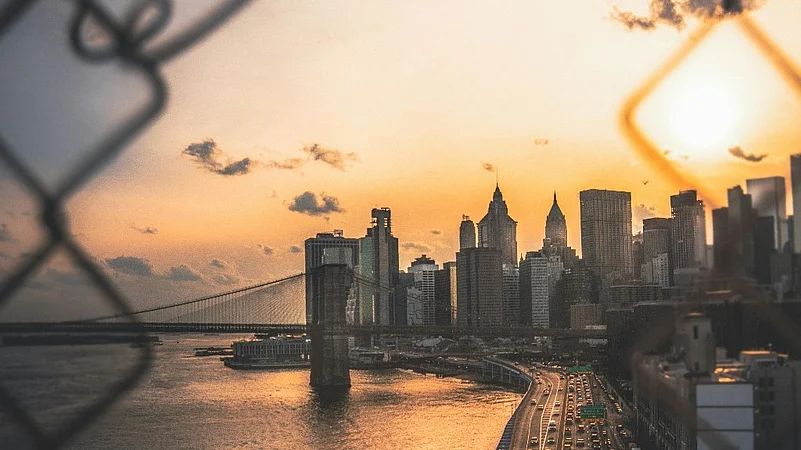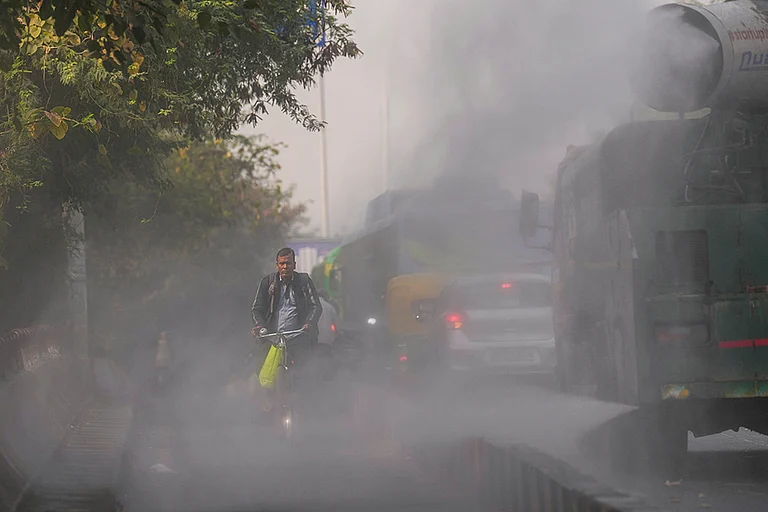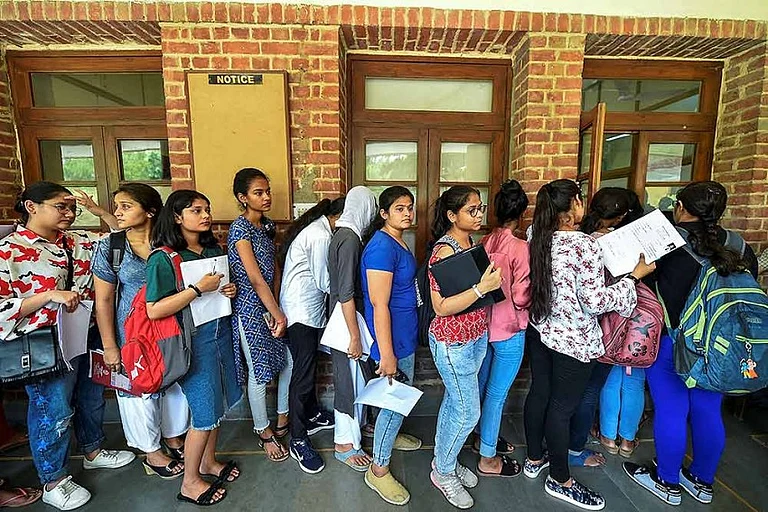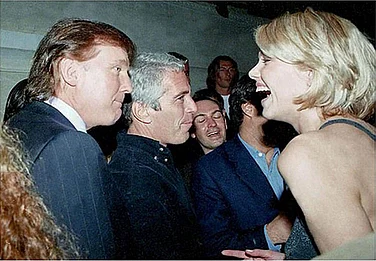New York City, known for its iconic skyline and bustling streets, is gearing up for a major overhaul in its transportation system. A plan is on the horizon, aiming to address the city's notorious traffic congestion by imposing significant fees on drivers entering Manhattan's most congested areas.
Between bridge and tunnel tolls, parking fees, and the looming threat of traffic tickets, the cost of driving into Manhattan is already substantial. However, city officials are betting on an additional $15 congestion fee, or $22.50 for non-enrolled drivers, to be the game-changer in steering commuters towards mass transit options.
The proposed plan, which would utilize license-plate readers, aims to transform Manhattan south of Central Park into a colossal toll zone. With hopes of reducing traffic jams, curbing air pollution, and injecting approximately $1 billion annually into the city's public transit systems, the initiative holds significant promise.
New York City stands poised to become the first in the United States to adopt such a congestion pricing scheme, joining global counterparts like London, Stockholm, Milan, and Singapore. While supporters champion the potential benefits, including enhanced public transit and a healthier environment, critics raise valid concerns and uncertainties.
What is congestion pricing and when will it take effect?
Congestion pricing entails charging drivers a fee for entering specific zones within Manhattan. Although an official start date is yet to be confirmed, discussions suggest a potential rollout as early as mid-June, pending final approvals.
Where will the tolling zone Be?
The tolling zone will encompass Manhattan's central business district, extending south of Central Park and below 60th Street. Notably, major highways such as the FDR Drive and the West Side Highway will remain exempt from the congestion fee.
How much will drivers be charged?
The fee structure is designed to vary based on vehicle type and time of travel. Passenger vehicles face a daily toll of $15, while small trucks and motorcycles incur $24 and $7.50, respectively. For taxi and ride-share services like Uber and Lyft, riders will see an additional surcharge ranging from $1.25 to $2.50 per trip.
How do drivers pay the toll?
Similar to existing toll systems, drivers equipped with E-ZPass tags will have the fee automatically deducted. Those without E-ZPass will receive a bill via mail, addressed to the registered owner of the vehicle.
Are there any exemptions?
Emergency vehicles and certain government vehicles engaged in public works activities will be exempt from the toll. Additionally, transit buses, commuter buses, and vehicles transporting individuals with disabilities will not be subject to the congestion fee.
Reactions and concerns
While proponents of congestion pricing tout its potential to alleviate traffic congestion, reduce pollution, and generate much-needed revenue for public transit systems, the proposal has sparked a wave of concerns and opposition. Public school teachers, Manhattan business owners, and suburban commuters are among those voicing apprehensions about the added financial strain and logistical challenges the toll may bring.



























